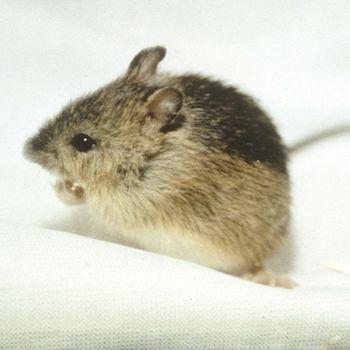Scientists would like to have a list of all the species on Earth. That sounds like a relatively straightforward, purely academic exercise, but it really isn't. Unfortunately, one major reason is politics.
Consider the Preble's meadow jumping mouse, which many years ago was declared a "threatened species" under the Endangered Species Act. The problem with that classification, as the Wall Street Journal explained, is that the mouse appears neither to be threatened nor a species. Biologist and conservationist Rob Roy Ramey concluded that, based on various criteria such as genetics, the mouse is not a valid subspecies. Environmentalists, in turn, attacked Dr. Ramey.
None of this would matter if it weren't for the fact that, at the time, the mouse cost the local economy in Colorado and Wyoming some $100 million in lost revenue. Surely, that figure is closing in on a billion dollars, given that the mouse is still considered a threatened subspecies to this day.
So the naming of species is not just a pedantic exercise. On the contrary, it has real world consequences that involve real people and real money.
Can Science Create a List of Species?
Is there a way that we can allow science -- and science alone -- to determine what constitutes a species? Probably not, as there are at least 24 different concepts of what constitutes a species. Biologists can't even agree.
Perhaps the simplest definition of a species involves breeding. If two animals can successfully breed, then they are members of the same species. German shepherds and poodles, heaven forbid, can breed, hence they are part of the same species. But this straightforward definition is problematic. Wolves and coyotes can also breed with dogs, yet it seems somehow incorrect to categorize all three as the same species. Bacteria don't breed at all and only reproduce asexually, making this particular species concept inapplicable.
So, what can be done? A team of scientists led by Stephen Garnett published a plan in the journal PLoS Biology. They say that any successful species list must meet ten criteria:
- The species list must be based on science and free from nontaxonomic considerations and interference.
- Governance of the species list must aim for community support and use.
- All decisions about list composition must be transparent.
- The governance of validated lists of species is separate from the governance of the naming of species.
- Governance of lists of accepted species must not strain academic freedom.
- The set of criteria considered sufficient to recognize species boundaries may appropriately vary between different taxonomic groups but should be consistent when possible.
- A global list must balance conflicting needs for currency and stability by having archived versions.
- Contributors need appropriate recognition.
- List content should be traceable.
- A global listing process needs both to encompass global diversity and to accommodate local knowledge of that diversity.
Their list of criteria is a noble one. However, considering that we can't even get past point #1, science-based taxonomy will remain a very tricky endeavor.
Source: Stephen T. Garnett, et al. "Principles for creating a single authoritative list of the world’s species." PLoS Biology. Published: July 7, 2020. DOI: 10.1371/journal.pbio.3000736




